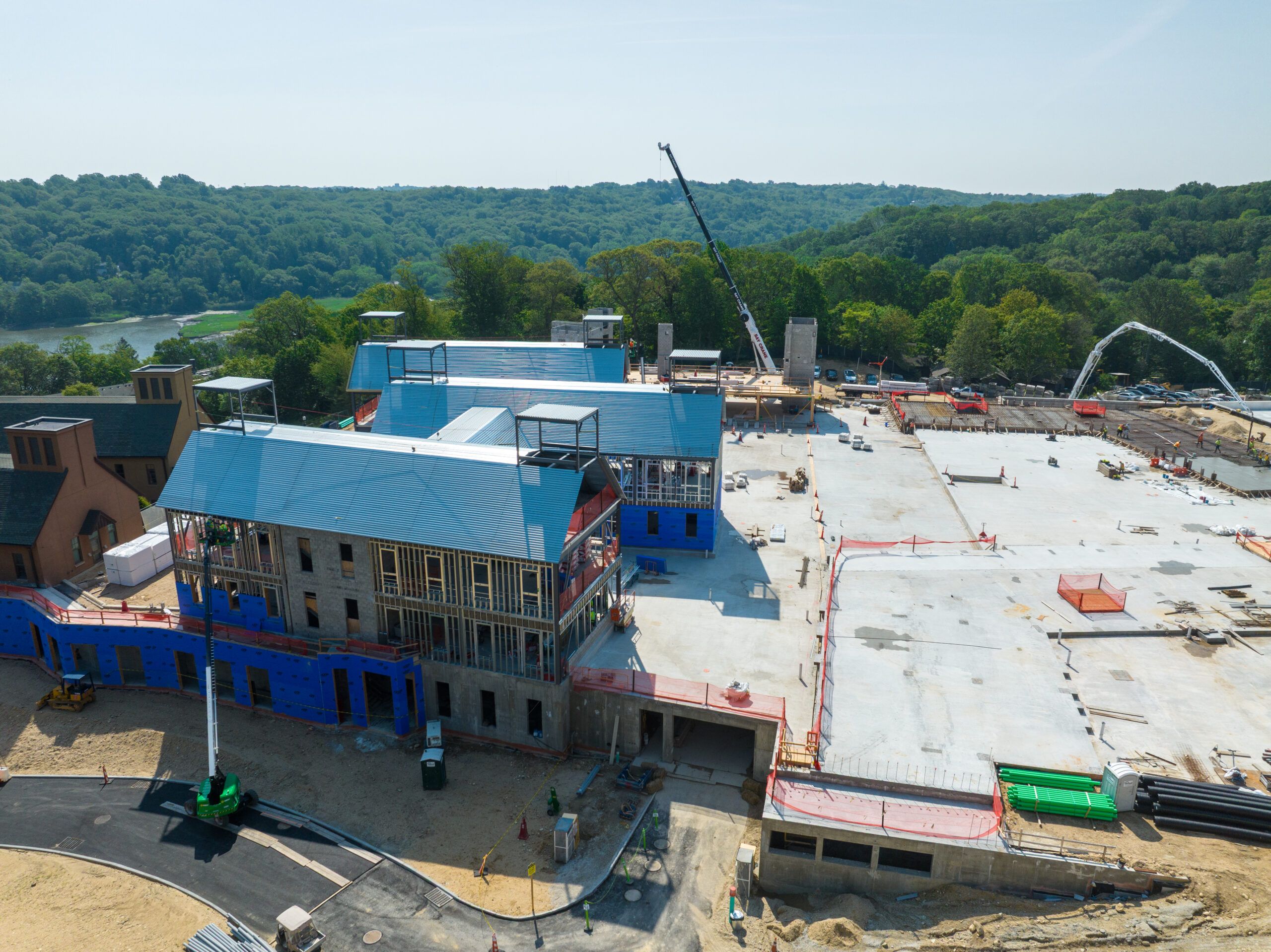If your house has been on the market for a while and you’re not seeing much traffic, it’s natural to feel frustrated. A lack of showings can signal issues that are easy to overlook. Fortunately, once you identify what might be holding potential buyers back, you can make changes that improve your listing’s performance.
Here are some of the most common reasons your house isn’t getting showings — and what you can do about them.
1. Poor Listing Photos
First impressions matter, and in today’s market, those impressions are almost always made online. If your listing photos are dark, cluttered, or poorly composed, buyers may scroll past your home without a second thought. You might have a beautiful property, but if the photos don’t capture its best angles and lighting, it’s not going to stand out.
Hiring a professional photographer is a great first step, but if that’s not in the cards, there are affordable ways to improve what you have. Many real estate professionals seek help editing real estate photos to brighten interiors, correct color, and remove distractions. Even small edits can make a noticeable difference.
2. The Price Is Too High
Overpricing is one of the fastest ways to kill interest. Buyers are savvy. They look at multiple listings and quickly develop a sense of what homes in your area and price range should offer. If your home is priced too high for what it includes — or compared to similar homes nearby — you’ll likely lose out on early momentum.
Even if you’re emotionally attached to your home or hoping to make back what you invested, the market sets the value. Work with your agent to review comparable sales and adjust the price if needed.
3. Limited Availability for Showings
If your home is difficult to show, fewer buyers will take the time. While it’s understandable to have boundaries, being too restrictive with showing times or requiring excessive notice can push buyers toward easier options. Make your home as accessible as possible within reason, especially in the first couple of weeks when interest is highest.
4. The Home Is Cluttered or Not Properly Staged
When buyers walk into a home, they want to envision themselves living there. That’s tough to do if the space is filled with personal items, clutter, or bold design choices. A clean, neutral, and well-organized home photographs better and creates a more inviting in-person experience.
You don’t need to hire a full staging company to make an impact. Small steps like clearing countertops, removing excess furniture, and using soft, neutral decor can go a long way.
5. There’s No Curb Appeal
Curb appeal is another first impression that matters. If the exterior of your home looks neglected, buyers may not even make it through the front door. Simple updates like trimming hedges, planting flowers, repainting the front door, or power-washing the driveway can make a big difference. The goal is to create a sense of pride and care before they step inside.
6. Market Conditions Have Shifted
Sometimes it’s not about your house at all. If interest rates have risen or inventory has increased, buyers might be moving more cautiously. In slower markets, homes take longer to sell, and it may require more patience and flexibility.
In these cases, it’s important to stay in close contact with your real estate agent. They can help you understand the market and adjust your strategy as needed.
7. Weak Listing Descriptions
The photos may draw buyers in, but the listing description seals the deal. A vague or overly generic description won’t capture attention. Focus on the home’s unique features — things like a large backyard, updated kitchen, or walkable location. Paint a picture of what it’s like to live there, rather than just listing specs.
If you’re not confident in your writing, ask your agent for help crafting something more engaging. A well-written description can help spark an emotional connection, which increases the likelihood of a showing.
Conclusion
Selling a home takes more than just putting up a sign. It requires strategy, presentation, and a willingness to adapt. Whether you need to update your photos, adjust the price, or rethink your approach, small changes can make a big difference. Start by identifying what might be turning buyers away and take action to put your home in the best light possible — both online and in person.











